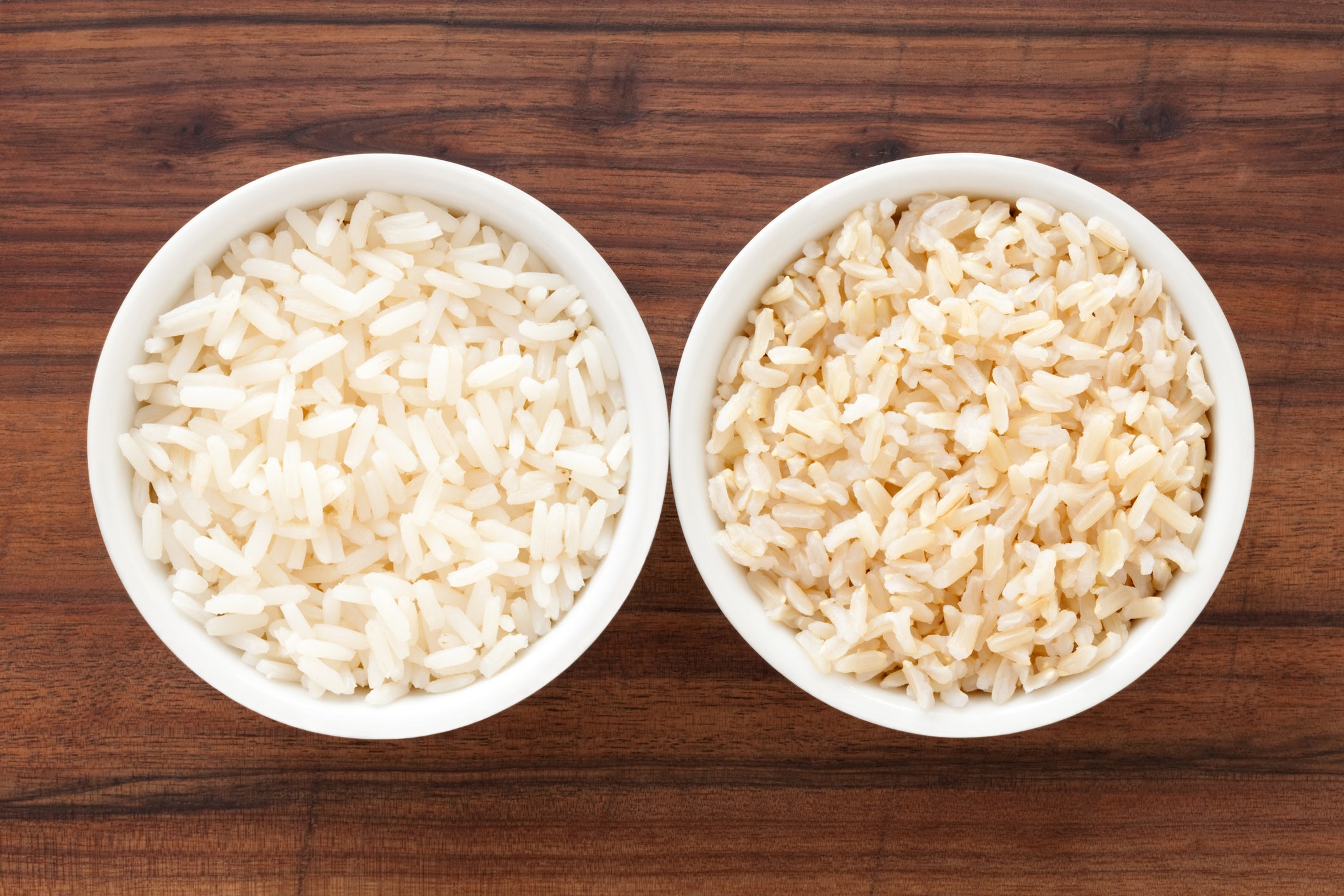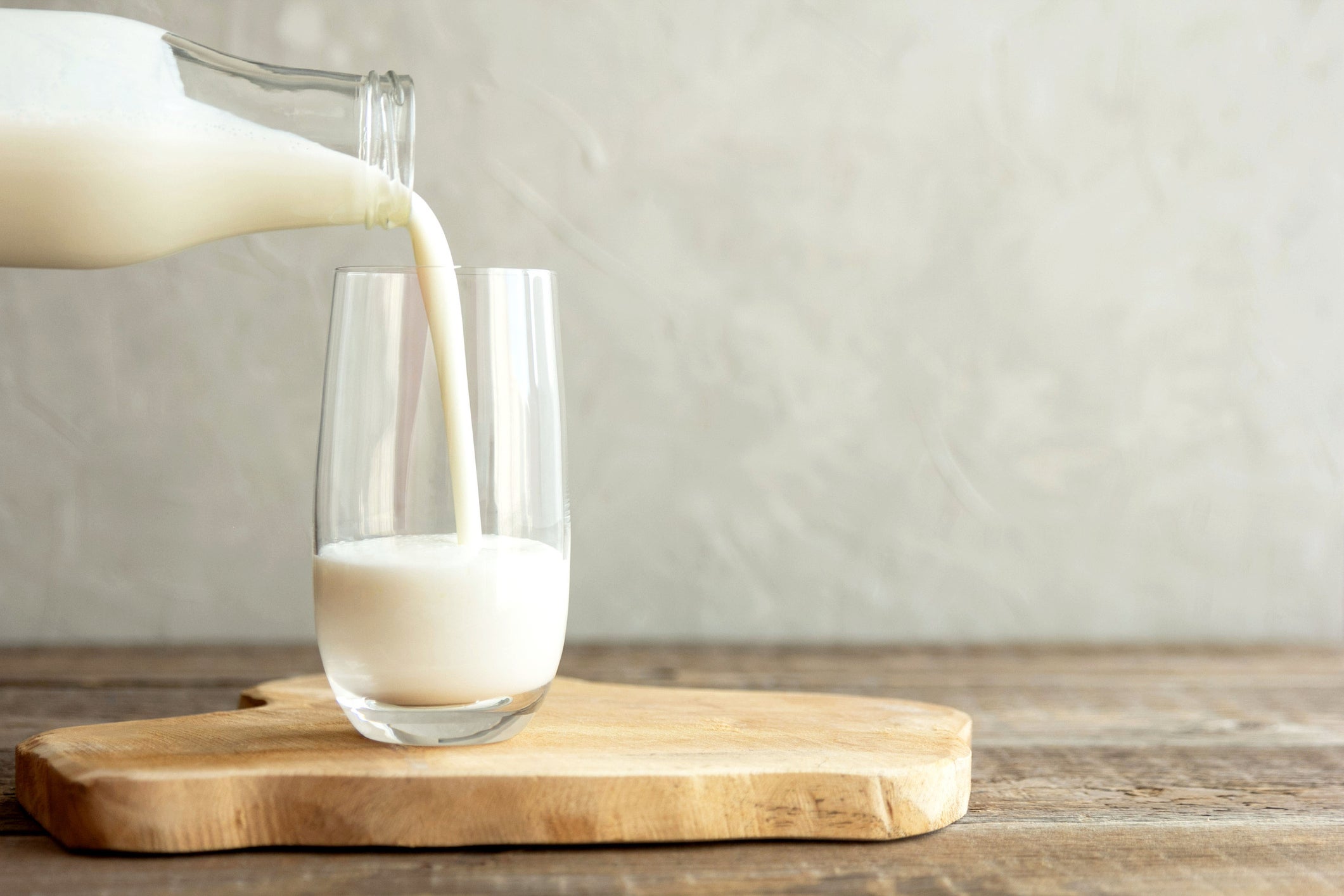What is the difference between ‘use by’ and ‘best before’ dates?
Waitrose, M&S, Lidl, Tesco and more supermarkets are encouraging shoppers to use their own judgement

Your support helps us to tell the story
From reproductive rights to climate change to Big Tech, The Independent is on the ground when the story is developing. Whether it's investigating the financials of Elon Musk's pro-Trump PAC or producing our latest documentary, 'The A Word', which shines a light on the American women fighting for reproductive rights, we know how important it is to parse out the facts from the messaging.
At such a critical moment in US history, we need reporters on the ground. Your donation allows us to keep sending journalists to speak to both sides of the story.
The Independent is trusted by Americans across the entire political spectrum. And unlike many other quality news outlets, we choose not to lock Americans out of our reporting and analysis with paywalls. We believe quality journalism should be available to everyone, paid for by those who can afford it.
Your support makes all the difference.Supermarkets are ramping up efforts to reduce food waste in the UK, with Waitrose becoming the latest retailer to get rid of “best before” dates on hundreds of products.
The grocery giant joins the likes of Marks & Spencer – which axed “best before” dates from more than 300 fruit and vegetable products earlier this month – Lidl, and Tesco in doing so.
Tesco was the first to do away with the dates on more than 100 fresh food products in 2018.
In addition, Morrisons announced plans to remove “use by” dates on milk in January.
Confusion surrounding “use by” and “best before” dates may lead to people throwing away food prematurely instead of using their own judgement to determine whether the product has gone bad.
Every year, approximately 4.5m tonnes of food is wasted in households across the UK, according to the Waste and Resources Action Programme (WRAP).
This total is estimated to be worth around £14bn, which equates to £700 a year for an average family with children.
“Date labelling has, and continues to be, a confusing issue for consumers,” Jamie Crummie, co-founder of Too Good To Go, says.
“This uncertainty leads to food waste on a large scale across society – with 10 per cent of all food waste in Europe attributed to date labelling confusion.”
Here’s what you need to know about the difference between “use by” and “best before” dates and which food items you can consume at a later date.
What is the difference between the “use by” and “best before” dates on food and drink items?
The distinction between “use by” and “sell by” dates is that the former indicates the point until which a food item is safe to eat, while the latter represents food quality.
“’Use by’ dates must be declared on food products which, from a microbiological point of view, are highly perishable and are therefore likely after a short period to constitute an immediate danger to human health,” the Food and Drink Federation states.
“After the ‘use by’ date, food is deemed unsafe and it is a criminal offence to sell it.”
“Best before” dates, on the other hand, tell the consumer the date up to which a food item is “expected to retain its specific properties, after which it will not be in optimal condition”.
“Food can be consumed after its ‘best before’ date, but it may no longer be at its best quality,” the organisation says, recommending that you do a “sensory assessment to judge the food’s condition”, ie smelling it and looking at it, before throwing it away.
Iain Haysom, senior lecturer in food safety at Bath Spa University, explains that the “best before” date can be “used as a guide”, as opposed to a restriction.
“For example, your biscuit may be slightly stale beyond the best before date but it will be safe to eat!” he says.
On the other hand, if you eat a food item such as fresh chicken after its “use by” date, “there will be a higher risk of microbial and pathogen growth on the product, which will mean a higher risk of food poisoning and other illnesses,” Haysom says.
The Food and Drink Federation added that the inclusion of “display until” and “sell by” dates “are not recommended industry best practice”.
“They were previously used by some retailers to help with stock control purposes only and are not aimed at consumers,” the organisation outlines.
Which foods can and can’t be kept after certain time periods?
Crummie of Too Good To go states that one of the main things to remember when deeming whether food items are OK to eat is whether the packaging is still intact.
Furthermore, looking at the food, smelling and “using your common sense” it may be able to tell you a lot about its condition, says Ryan Holmes, culinary director at food services provider Eurest.
Here is a guide to how long certain foods can be kept after “best before” dates.
Rice

“Most people are aware of the dangers of eating leftover rice and right so – tiny spores are present in rice that when left to cool can germinate into food poisoning bacteria,” says Haysom.
“Leftover rice should be eaten within around 20 minutes of cooking, or quickly cooled and refrigerated and then reheated thoroughly if stored in the fridge.”
When it comes to rice that has not yet been cooked, white rice can last a lot longer than brown rice, says Crummie.
“White rice can last years, as opposed to brown, which does not keep its freshness for as long,” he states.
Eggs

While there is some debate as to whether eggs should be kept in the fridge or not, it is “perfectly fine” to keep eggs out of the fridge, Haysom states.
However, they “must be kept dry to avoid live bacteria growing on the shell”.
“All eggs with the red lion stamp have come from laying chicken flocks that have been vaccinated against salmonella so they won’t pose a great risk if eaten past their date but should be eaten as close to the date as possible,” Haysom adds.
There is a simple trick you can try to test whether an egg is still ok to eat, Crummie says.
All you need to do is place the egg in a bowl of cold water. If it is bad, it will float, and if it is good it will sink to the bottom, he outlines.
Tinned foods

Stuart Neal, UK quality manager at John West, says that its products have shelf lives ranging from 18 months to five years.
“For canned fish, “best before” dates are not linked specifically to food spoilage – technically, the fish will keep for longer, but only if it is stored correctly, and that is not something we have control over after it leaves our care,” Neal says.
“Therefore the best before date for each product is carefully assessed at our production site, based on a range of tests that allow for various scenarios — for example, if the cans are stored at particularly high or low temperatures — and from specification guidelines from our packaging manufacturers, not to mention taste.”
According to WRAP, tinned foods, including canned vegetables, soups, beans, meat and fish, can be consumed up to three years past the “best before” date “so long as still sealed, protected and free from dents”.
Flour

Crummie explains that flour can be used after the “best before” date, explaining that flour “should have a neutral smell and colour”.
“So any change in this will indicate if it is fine to use,” he says.
“Always store flour in airtight containers to reduce the chance of moisture getting in.”
If you are not sure whether your flour is ok to use, you can test it by using a sieve. This will help you spot if the flour looks discoloured if there is any mould.
“As a rule of thumb, white flour tends to last longer than whole wheat or wholegrain,” he adds.
Milk

One of the most effective ways to test whether milk has been spoiled or not is to smell it, as milk will smell sour if it has gone bad.
According to Crummie, several milk and dairy manufacturers have stopped using “use by” dates on their produce in order to reduce food waste.
“To keep milk fresher for longer, check your fridge temperature,” he recommends.
“The average UK fridge is set to seven degrees. That’s at least two degrees warmer than it should be. Milk stored at this temperature can spoil after just a few hours, as opposed to the minimum five days it should last.”
Jams and other condiments

WRAP states that jams and other condiments, such as sauces, are ok to consume up to three years after the “best before” date.
However, this is dependent on whether the seal on the jam or condiment is still firmly in place.
Crisps

As Crummie stated, whether or not the packaging on food has been broken may determine if it is safe to eat.
WRAP states that crisps can be consumed up to three months after the “best before” date “as long as the integrity of the packet remains”.
Join our commenting forum
Join thought-provoking conversations, follow other Independent readers and see their replies
Comments